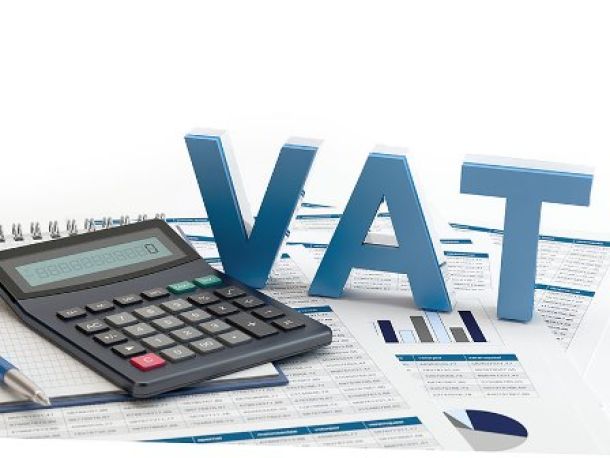New stokvel savings tool launched by Pick n Pay
With South African consumers widely using stokvels as a savings tool and the concept continuing to grow in popularity, Pick n Pay has partnered with Absa to launch a new stokvel account, providing a safer and easier way to save.
The Grocery Stokvel Account caters for groups saving for groceries or other store-bought essentials. Papi Rapolai, the general manager for wholesale and stokvel at Pick n Pay, said there was a gap for a savings solution that would address stokvel members’ need to save for groceries safely and securely, but one that also provided a competitive interest rate on savings.
According to the National Stokvel Association of South Africa, there are more than 800 000 stokvel groups in South Africa, estimated to generate an economy worth R49billion in South Africa alone.
Rapolai said with the new Grocery Stokvel Account, stokvels are able to earn a very competitive interest rate on balances of as little as R50 and spend their stokvels’ money safely and conveniently at Pick n Pay, where they already receive further savings on groceries.
- BUSINESS REPORT
News Category
- International retailers
- On the move
- Awards and achievements
- Legislation
- Wine and liquor
- Africa
- Going green
- Supplier news
- Research tools
- Retailer trading results
- Supply chain
- Innovation and technology
- Economic factors
- Crime and security
- Store Openings
- Marketing and Promotions
- Social Responsibility
- Brand Press Office
Related Articles

Empowering South African households through gro...

SPAR shares practical tips to beat food inflation

South African motorists could be paying up to R...

Big VAT changes on the cards


